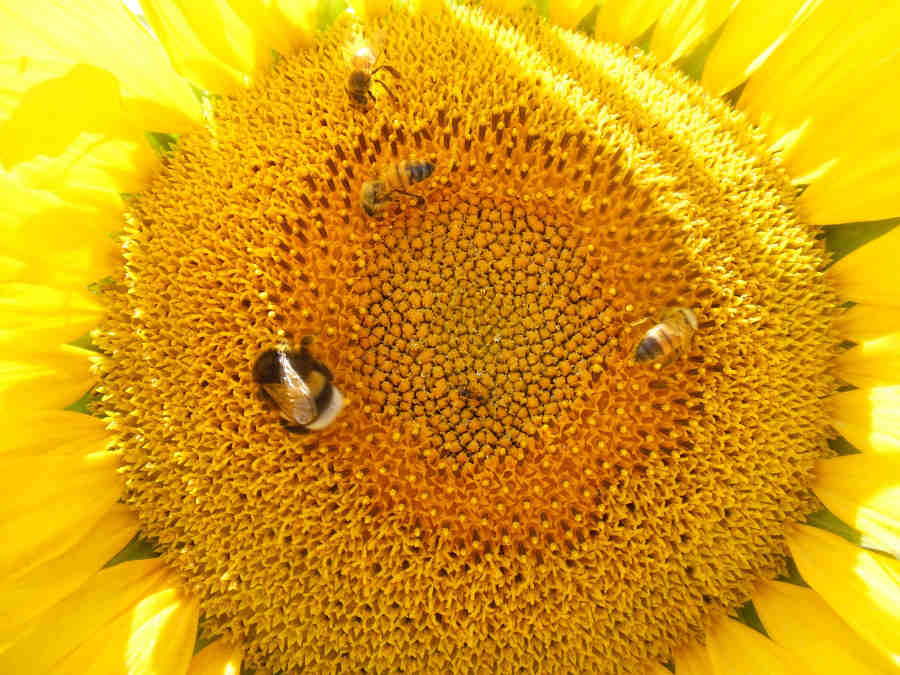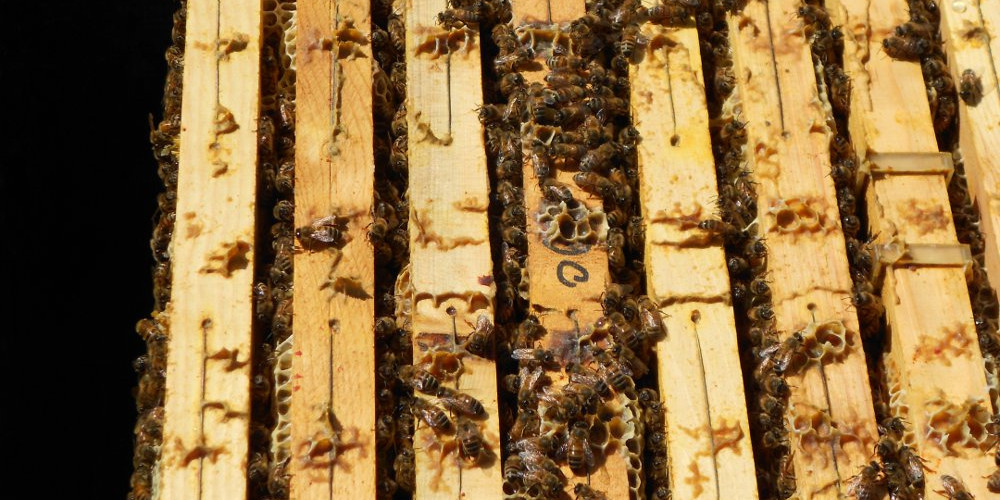Darwinian beekeeping aims to improve honey bee health by applying some principles of their biology to management techniques. Until there, it’s pretty much what we – some colleagues and me – try to establish by applying the principles of animal welfare to honey bees. By how I phrase it, you may already imagine that it…

Insect diversity, or better, the loss of it is much discussed these days. It’s definitely a good thing that insects finally get into the public discussion. However, there’s quite a lot of simplifications in it. One of them is to reduce the problem by only discussing pesticide use in agriculture. There are many other aspects…

Managed bees, as we saw in the last post, can have a negative effect on wild bee populations. However, though honey bees are the best-known pollinator, they’re not the only managed bee species. Bumblebee rearing is common in Europe since the early 1980s. They’re used mainly for tomatoes or other crops that need buzz-pollination. And…

One health is a quite recent concept. It comes from the insight that humans, domestic animals and wildlife face similar health issues. As the OIE (the World Organisation for Animal Health) puts it: “Human health and animal health are interdependent and bound to the health of the ecosystems in which they exist. ” This was…

These days I’m thinking and talking much about threatened insects, mainly about bees, obviously. I’m always trying to explain, why we need more than some insect hotels and bee-friendly flowers to stop insect decline. As I explained in my last post, there are different levels to “saving the bees” or insects or whatever. Individual actions…

Deformed Wing Virus (DWV) is a honeybee disease vectored by Varroa mites. In highly infested honeybee (Apis mellifera) colonies, bees with crippled wings and short abdomens are symptoms of varroosis, caused by the virus. Though it originates clearly from the European Honeybee, it is able to replicate in varroa mites. The parasitic mites turn an…


2